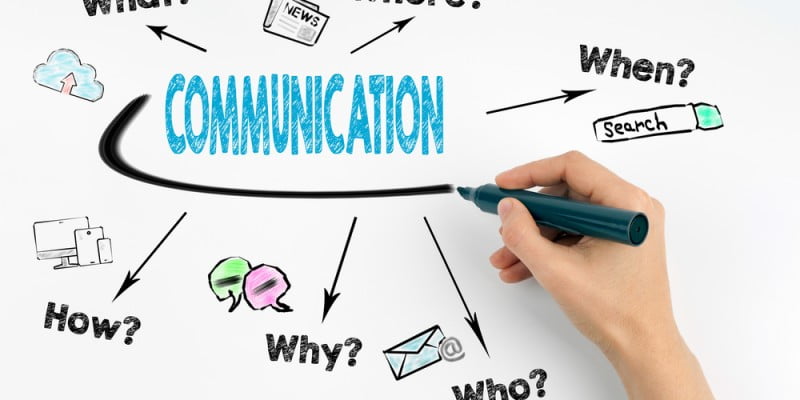The feedback we received from the Progress Update was to, first of all, decide on the charity that we want to donate our profits to. We discussed it further and we narrowed it down to either the WWII Veterans (an organisation such as Bravery Trust), to the Jewish Holocaust Centre, or to RAAFA which is nearby our school. We felt that it would take the historical side of our project to be more meaningful as this is an institution that dedicates itself to educating, researching and memorialising the Holocaust survivors. Their cause has educated more than 700,000 students in Australia and has a plan on rebuilding their museum.
The second feedback we received was to keep the amount and variety of products we wanted to sell short. We initially wanted to sell 2 products per side from WWII (allies and axis), however, we ended up finalising on selling one item of food per side along with extras on the side.

For the past two weeks, my group has been planning the price of each menu item based on the costs of each ingredient and portion we are planning on making. Our first budget was $50, and soon, we figured that this was way too little as we plan to do 80 portions of our first main and 25 for our second main (a portion being a small paper cup). Our final budget ended up being $135, counting in the costs of the equipment such as the paper cups; paper plates; a square reader (for convenience as many consumers have moved their payments to be on credit or debit instead of carrying cash); the ingredients.

It was a challenge to search and gather ingredients that remained their integrity of freshness while at their minimal cost, requiring our research skills to look through multiple sources to find the most suitable collection for our project. However, it was crucial for us to remember that the aim of our project isn’t to provide the best-tasting food as we are trying to keep to the realness and accuracy of the food in the war. It was also challenging to find a suitable recipe for one of our menu items (the tomato soup) and then proceed to convert all these measurements to 80 portions, requiring our conversion math skills. We also struggled to set up a date on when we would cook all this food due to our schedules being busy and packed with exams and curricular activities, however, we all negotiated and compromised in the end.
It was a challenge to search and gather ingredients that remained their integrity of freshness while at their minimal cost, requiring our research skills to look through multiple sources to find the most suitable collection for our project. However, it was crucial for us to remember that the aim of our project isn’t to provide the best-tasting food as we are trying to keep to the realness and accuracy of the food in the war. It was also challenging to find a suitable recipe for one of our menu items (the tomato soup) and then proceed to convert all these measurements to 80 portions, requiring our conversion math skills. We also struggled to set up a date on when we would cook all this food due to our schedules being busy and packed with exams and curricular activities, however, we all negotiated and compromised in the end.
Our next step to complete in our timeline is to design informative posters to explain the origins and context of the food we chose to sell. Our aim is to design it in a creative and innovative way that will capture the eyes of the public so that it is not just repetitive and boring information displayed. We are also planning the set-up and display of the physical store as well as for deciding the costumes/clothes we are going to be dressed in to attract the attention of customers. A few current ideas of a setup we have are:
- setting up an area where the customers can sit and spreading beanbags and rusty furniture around
- placing a hidden speaker and occasionally playing sudden sounds from the battlefield
- Have a nerf gun shooting at the ground (at random times) for a more realistic scenery



